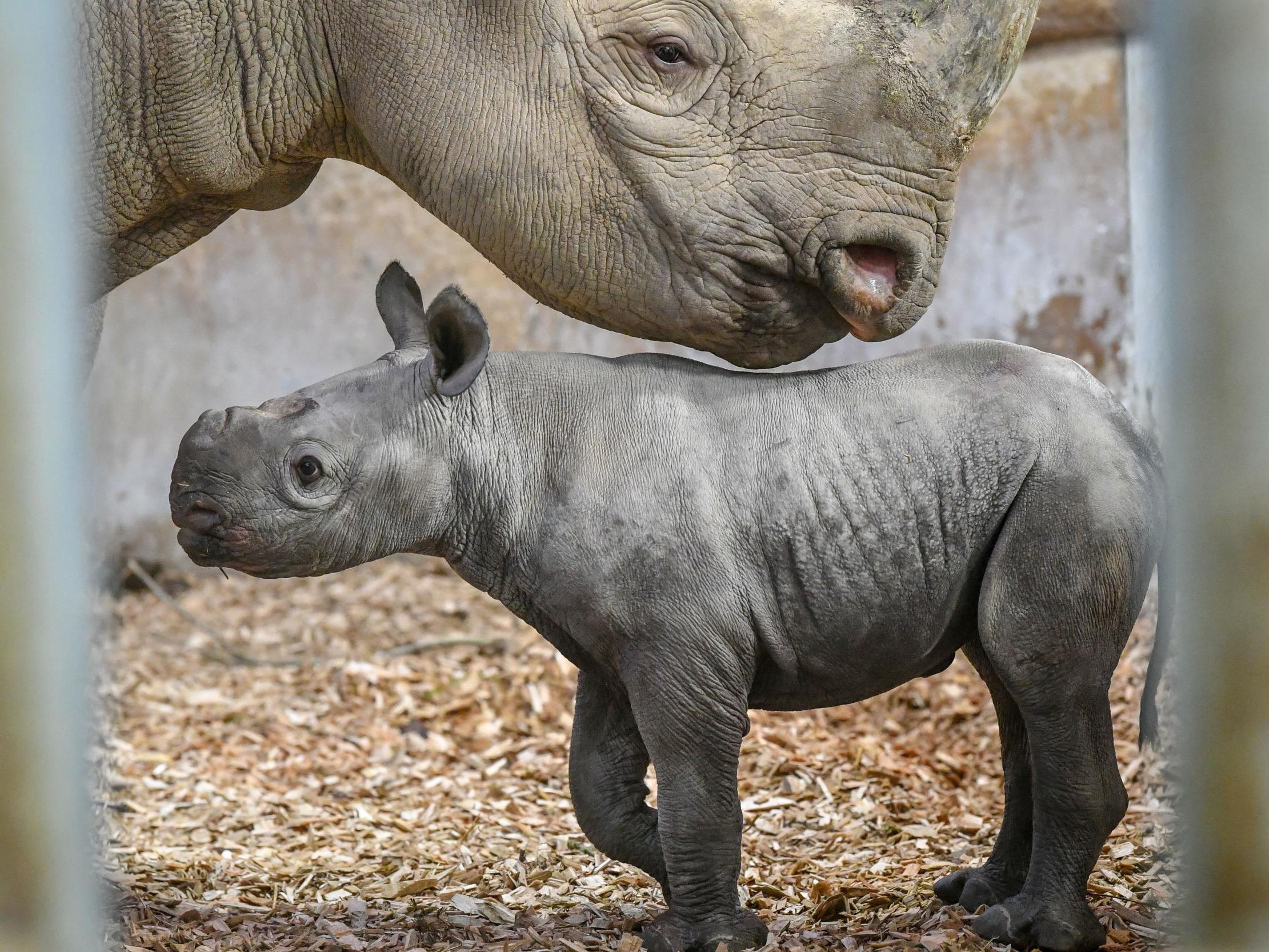Population of critically endangered African black rhino 'slowly increasing'
Numbers are set to continue rising over next five years

Your support helps us to tell the story
From reproductive rights to climate change to Big Tech, The Independent is on the ground when the story is developing. Whether it's investigating the financials of Elon Musk's pro-Trump PAC or producing our latest documentary, 'The A Word', which shines a light on the American women fighting for reproductive rights, we know how important it is to parse out the facts from the messaging.
At such a critical moment in US history, we need reporters on the ground. Your donation allows us to keep sending journalists to speak to both sides of the story.
The Independent is trusted by Americans across the entire political spectrum. And unlike many other quality news outlets, we choose not to lock Americans out of our reporting and analysis with paywalls. We believe quality journalism should be available to everyone, paid for by those who can afford it.
Your support makes all the difference.The numbers of African black rhinos is slowly rising thanks to the efforts of conservationists, new figures have shown.
The International Union for Conservation of Nature (IUCN) said in an update that the total number of these critically endangered rhinos increased from 4,845 in 2012 to 5,630 in 2018 - an annual rise of 2.5 per cent.
This success has been put down to a combination of law enforcement measures and actions taken to manage the rhino population, such as the relocation of certain animals.
Dr Grethel Aguilar, acting director general of IUCN, said: "While Africa's rhinos are by no means safe from extinction, the continued slow recovery of black rhino populations is a testament to the immense efforts made in the countries the species occurs in, and a powerful reminder to the global community that conservation works."
"At the same time, it is evident that there is no room for complacency as poaching and illegal trade remain acute threats,” she added.
According to the IUCN, population models indicate that the number of black rhinos will continue to rise gradually over the next five years.
Although the southwestern black rhino population has been growing for three generations, the two other subspecies - the southeastern and eastern - are still critically endangered, following huge population losses between the 1970s and 1990s.
Poaching is still the main threat to these animals.
However, the IUCN said that counter-measures have improved the situation, with poaching numbers down from a peak in 2015.
In 2018, at least 892 rhinos were killed by poachers, signalling a decrease from the minimum of 1,349 that were killed in 2015.
Dr Richard Emslie, who works for the IUCN's African Rhino Specialist Group, said: "If the encouraging declines in poaching can continue, this should positively impact rhino numbers.
"Continued expenditure and efforts will be necessary to maintain this trend,” he added.
The white rhino, Africa's other rhino species, is currently listed as Near Threatened on the IUCN Red List.
Additional reporting by PA
Join our commenting forum
Join thought-provoking conversations, follow other Independent readers and see their replies
Comments